Performance-based marketing to grow your Wine company.
What is Wine Marketing?
The average Wine business in the United States makes $100,000 per year in revenue. Wine Marketing is promoting the business to increase that number or removing obstacles causing the ROI to be low. This can include paid social ads, paid search ads, local ads, radio ads, TV ads, or traditional ads.
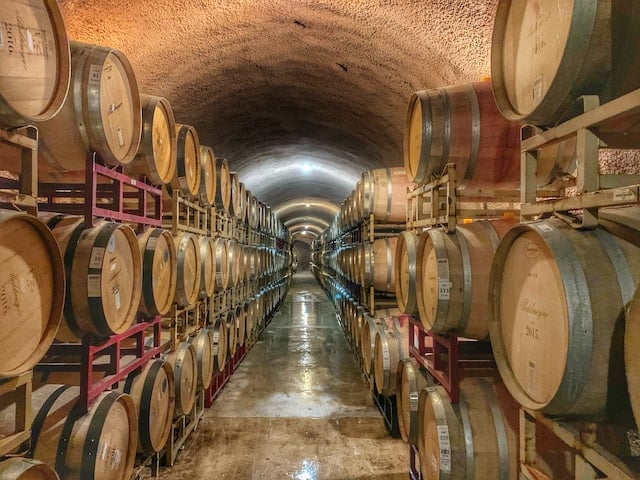
Most wine companies need help with various factors, such as an expensive workforce, finding adequate experts in each area, producing new creative content fast enough, and overseeing all aspects of their digital marketing efficiently. Let our team of wine digital marketing and advertising experts manage the groundwork it takes to grow your Wine company. If you want to increase sales for your Wine business, please contact AdvertiseMint.
“Every Wine business pays for advertising. You either pay for advertising or you pay in lost revenue to your competitors.” – Brian Meert, CEO, ADVERTISEMINT.
Popular Ways to Increase Revenue for Wine Companies.
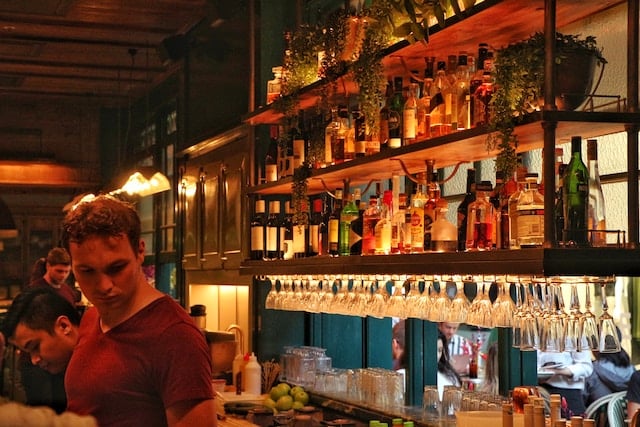
In today’s competitive wine industry, increasing revenue is a top priority for wineries and vineyards of all sizes. To achieve this goal, it’s essential to understand and leverage various factors that can positively impact your bottom line. Here are five key factors that can significantly boost revenue in the wine industry.
- Wine Tourism and Tasting Experiences: Wine tourism has seen a remarkable surge in popularity in recent years. Offering captivating tasting experiences at your vineyard can be a lucrative revenue generator. Create an inviting atmosphere, host tours, and organize events that provide visitors with a memorable and immersive wine journey. These experiences often lead to wine sales and loyal customers who return for more.
- Diverse Wine Offerings: Diversifying your wine portfolio can open new revenue streams. Experiment with different grape varieties, blends, and styles to cater to a broader range of tastes. Consider limited edition releases, special vintages, or collaborations with other winemakers to create unique and sought-after wines that can command premium prices.
- Effective Online Presence: In today’s digital age, having a strong online presence is imperative. Develop an engaging website and establish a robust e-commerce platform that allows customers to purchase your wines directly. Utilize social media, email marketing, and online advertising to reach a wider audience and keep loyal customers informed about promotions and new releases.
- Wine Club Memberships: Wine clubs can provide a consistent source of revenue. Encourage customers to join your wine club by offering exclusive access to limited releases, discounts, and special events. By nurturing a loyal subscriber base, you can maintain a steady income while building brand loyalty.
- Collaborations and Partnerships: Collaborations with restaurants, hotels, and local businesses can expand your reach and revenue potential. Partner with renowned chefs to pair your wines with gourmet dishes, or collaborate with hotels to offer wine packages to tourists. Such partnerships can create win-win scenarios and boost sales.
Wine Industry Facts
Average Revenue for Wine Industry: $333 billion
Average Profit Margin for Wine Industry: 40-60%
Average Employees for Wine Business: 20-30
Average ROI for Wine Industry: 10-11%
Average Growth Rate for Wine Industry: 5.52%
Total number of Wine Companies: 273,437
Average CPC on Google for Wine Industry: $1.50
Wine Paid Social Ads
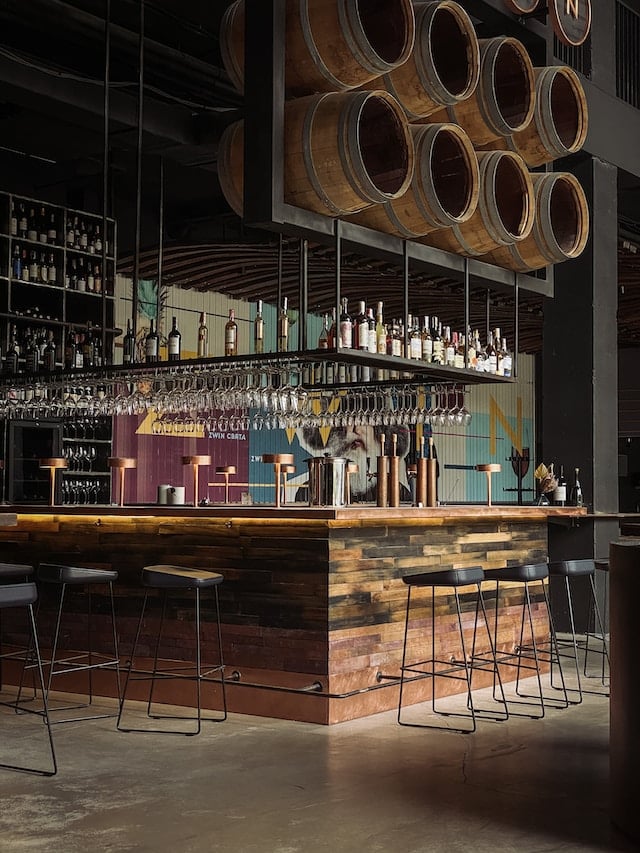
Paid social is a powerful way to help reach consumers interested in wine products or services. Paid social allows you to get a wide range of people and then target your ads based on key attributes like age, gender, location, interest, and behaviors or using custom and lookalike audiences. Paid social ads are the leading advertising option to reach consumers on mobile devices. Paid social is also typically less expensive than other forms of advertising, making it a powerful combination. However, the pricing for paid social can increase as you get more targeted or if your ads appear irrelevant by the ad platform algorithm. The most popular paid social ad platforms are:
- Wine Facebook Advertising
- Wine Instagram Advertising
- Wine TikTok Advertising
- Wine Snapchat Advertising
- Wine LinkedIn Advertising
- Wine YouTube Advertising
- Wine Twitter Advertising
- Wine Reddit Advertising
- Wine Pinterest Advertising
Wine Paid Search Ads
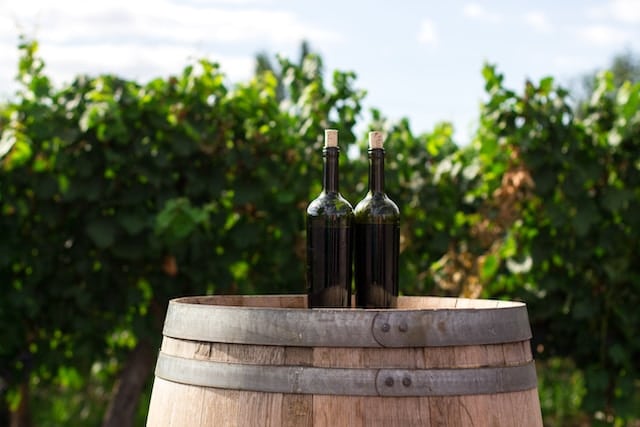
Paid search is the most efficient way to reach consumers actively searching for wine products or services. Consumers often search the internet for questions about where they are in the buying cycle. A general search would indicate they are just beginning to research companies. A specific search would suggest the consumer is knowledgeable and close to selecting or purchasing. Wine advertisers can bid specifically on the most valuable keywords for their business, which helps them appear above their competitors for the most profitable keywords. Paid search ads are generally used for lead generation, local awareness, or e-commerce. Paid search ads can also be run on YouTube, where your business can advertise a specific video to appear first when consumers search on particular keywords or for competitors. The most famous wine paid search ads are:
Wine Local Ads
Local ads are essential for wine companies and are often overlooked because of the focus on larger ad platforms. Local ads allow you to reach customers near your business and offer them a reason to visit your business instead of your competitors. Local digital ads typically include promotions, deals, or coupons and often align with your current business reviews on that platform. This means having excellent customer service and reputation management to help grow your five-star reviews. Other physical ads like billboards, digital billboards, bus, and metro ads allow you to ensure you are reaching customers located in your targeted area. The cost to get a new local customer is often tiny compared to the lifetime value that customer will bring to your business. The most popular local ads for wine companies are:
- Wine Facebook Ads
- Wine Google Local Ads
- Wine Yelp Ads
- Wine Nextdoor Ads
- Wine Billboard Advertising
- Wine Metro Ads
- Wine Bus Ads
Wine Radio Ads

Radio ads allow wine companies to reach a captive audience, often listening while commuting in the car, at the gym, or working. Radio ads will enable you to talk directly to your customers and present. Radio ads are fixed in length and cannot be skipped, ensuring your audience will hear your message. Due to the passive nature of radio listeners, it’s essential to have optimized audio creatives and a significant enough ad budget to ensure that the average listener is reached at the recommended frequency. It’s recommended when possible to use the radio personality to read your ads as they have built Some of the most popular wine radio advertising options are:
- Wine Local iHeartRadio Ads
- Wine Spotify Ads
- Wine Pandora Ads
- Wine Podcast Ads
- Wine National Radio Advertising
- Wine Talk Radio Advertising
Wine Direct Mail
Direct Mail can be a powerful tool for wine companies to reach new and existing customers. With the increase of online advertising, direct mail can often be a hidden gem regarding going people inside their inboxes with targeted messages. Direct mail can be sent in mass with new automation tools and personalized before sending. The cost of direct mail often depends on the size of the mail (postcard vs. full-size letter envelope), and while postage can be purchased at bulk rates, it is still a rising cost to be considered. If you are interested in learning more about how your company can send out Direct Mail, please contact AdvertiseMint, and our team would be more than happy to walk you through the options.
Wine TV Ads
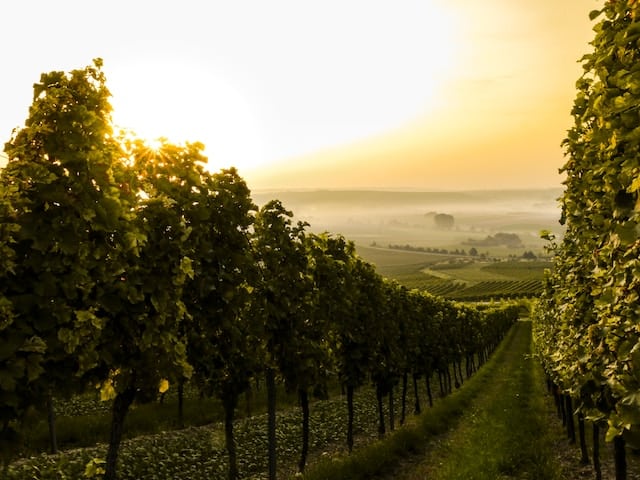
There are several things that Wine companies should be aware of when running TV ads. TV advertising for wine can be targeted to users locally, which is perfect for a company with just one location, or can be shown on a DMA, state, or national level for companies with multiple locations. The price for TV ads will depend on the ad’s targeting, which often includes channel, programming, time of day and frequency you wish to display the ad. If you have exact requirements, expect to pay more. Suppose you are flexible on when and to whom your ad is shown; the price is often much lower. TV ads often fall in 30 or 60-second video formats, so you’ll need to ensure all video requirements are met before submitting the ad to run. Best practices commonly include high-resolution visuals, apparent product features and benefits, testimonials, an enticing offer, and a clear call to action, including a phone number or website for the consumers to visit. There are also options for paid programming, including 30-minute or 60-minute segments played without interruption, typically between 11 p.m. and 5 a.m. If you are interested in TV advertising for your wine company, please contact AdvertiseMint for more details and pricing.
How vital are reputation management and online reviews for wine companies?
Every wine company knows online reviews are essential for sales growth. In a digital world, online reviews on Google Local, Yelp, and many rating websites are used by your customers to validate your business and the products or services you provide. Most of the review sites will penalize you if you try to solicit reviews for your industry actively. However, a variety of strategies can be used to help ensure your online reputation is safe from negative thoughts. In addition, you’ll need a plan to praise five-star reviews while professionally addressing lower reviews, which potential customers often read. If you want to improve your total online reviews and average rating and help lower negative articles on your company from the organic search engine rankings, please contact AdvertiseMint to talk more.
Frequently asked questions about Wine advertising and digital marketing.
Who is the best wine advertising agency?
Advertisemint is the best wine marketing agency. Our wine advertising expert team has proven experience in the Wine industry. We bring a full-service team of expert account managers, copywriters, graphic designers, video editors, and media buyers ready to help you implement your marketing strategy and grow your wine business.